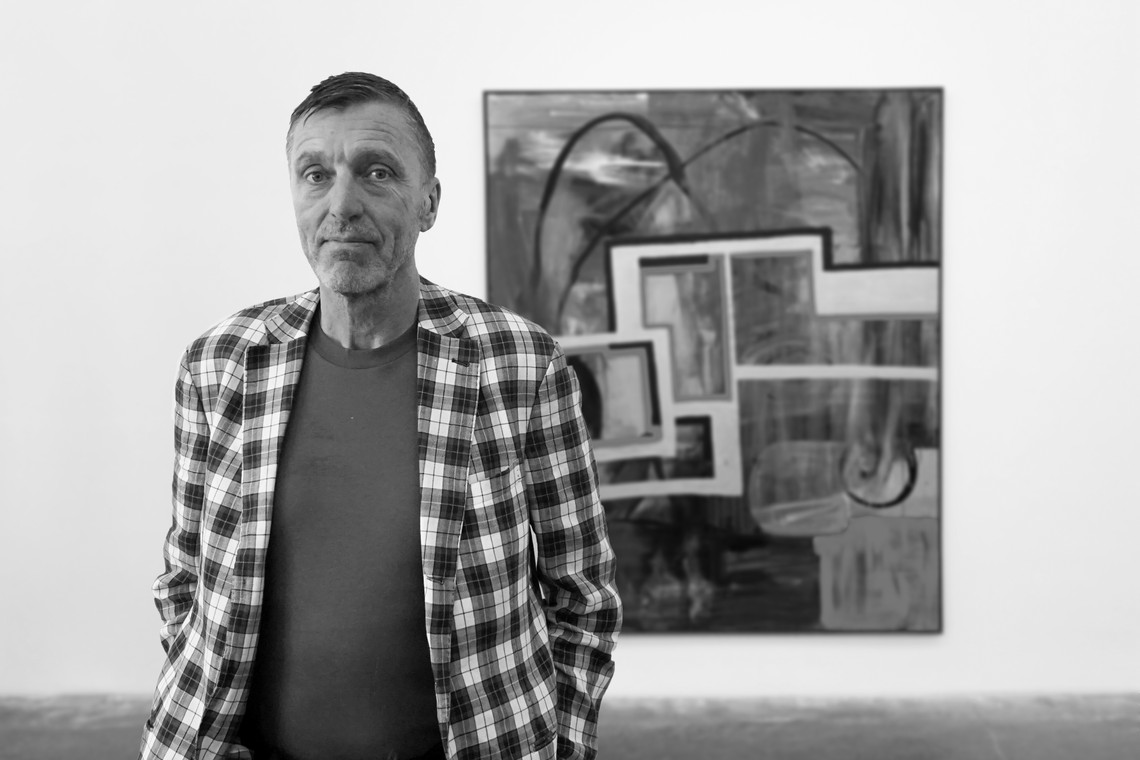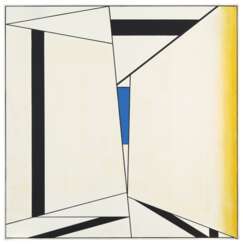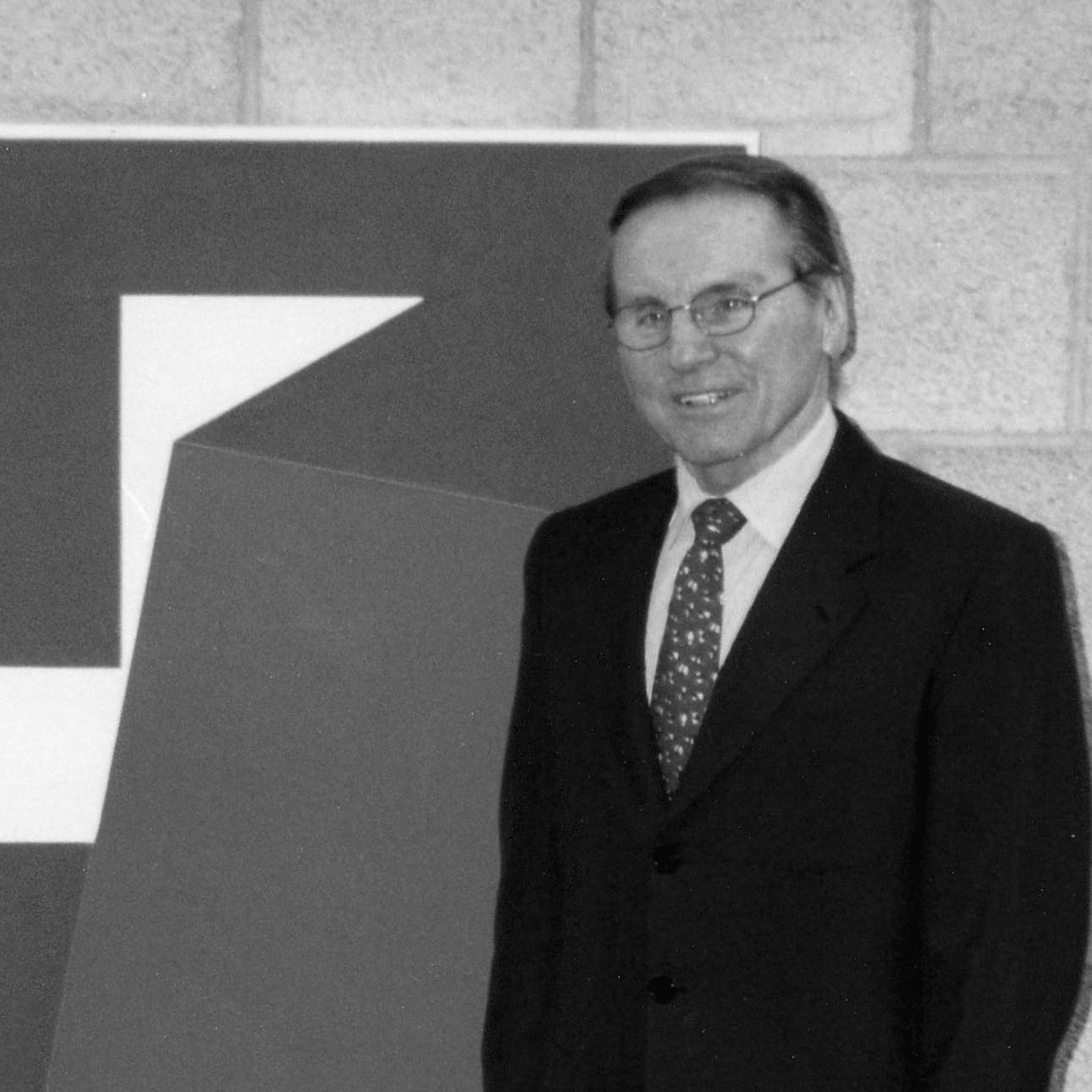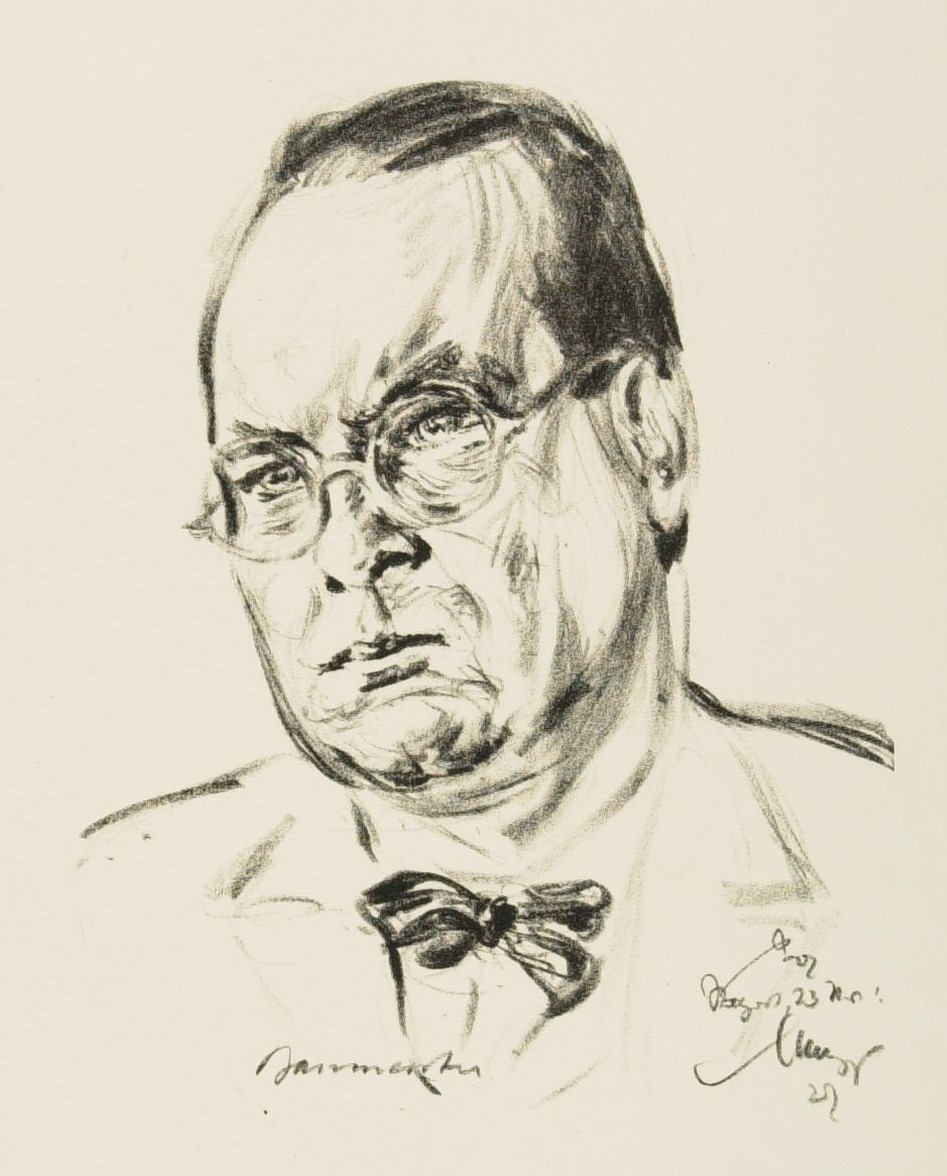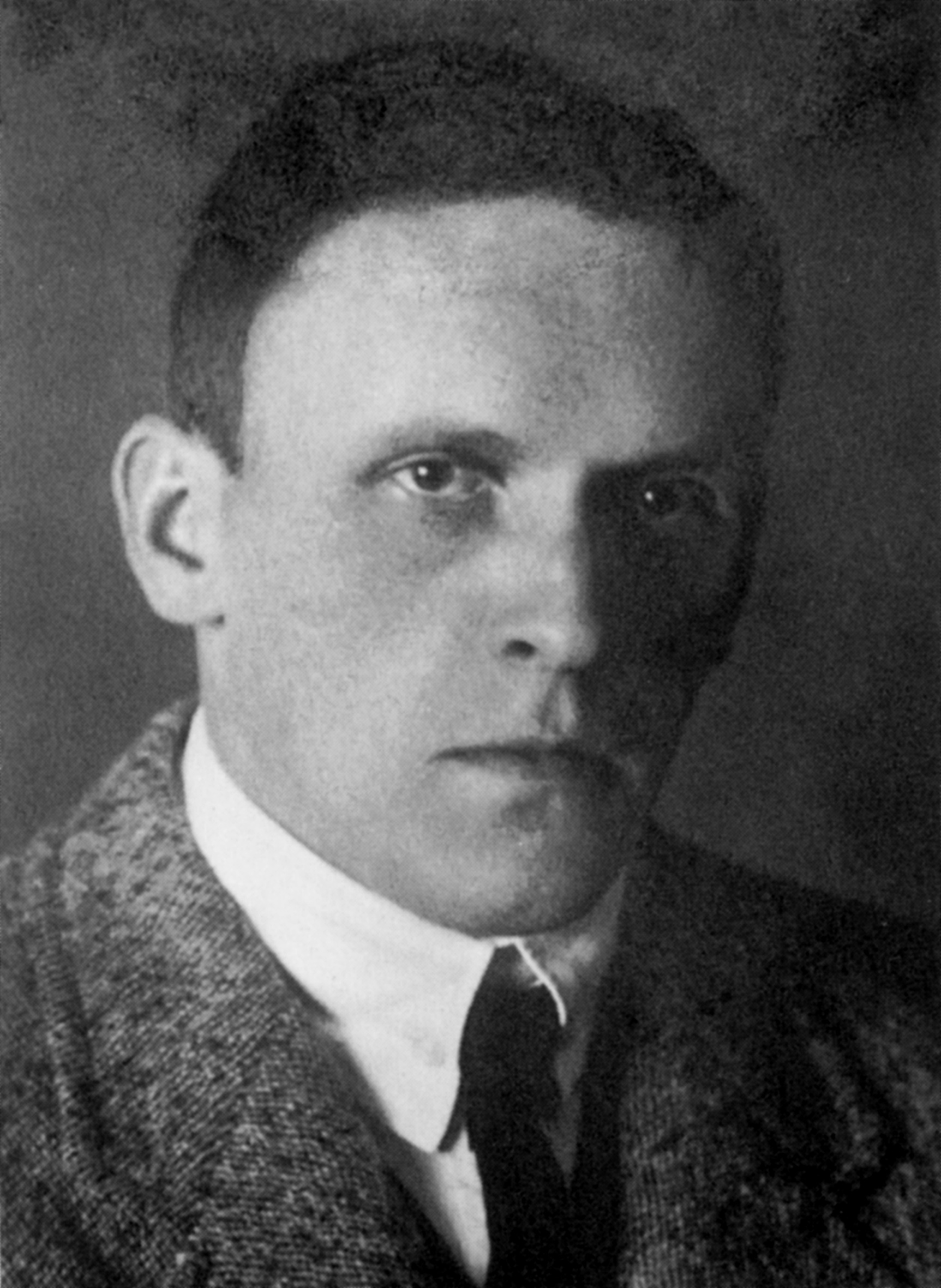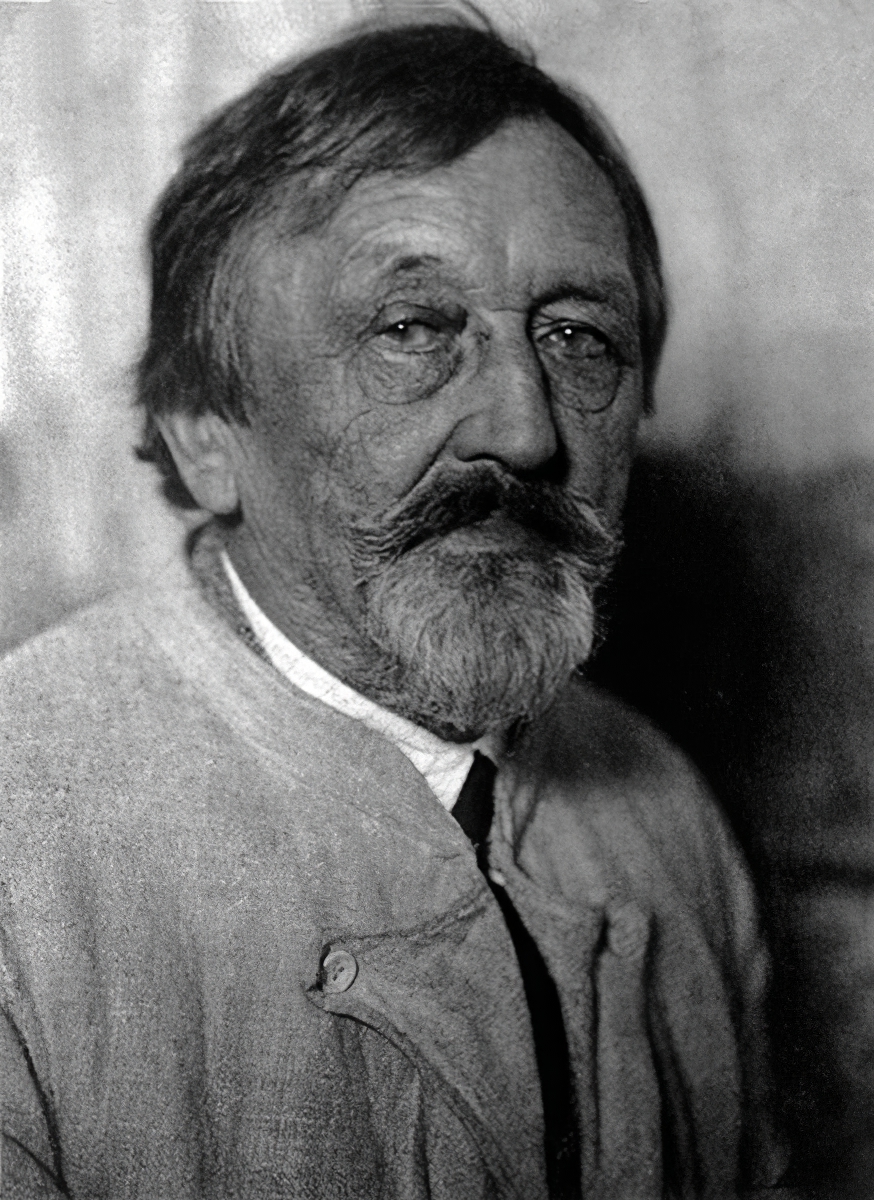
Paintings — Modern & Contemporary Auction
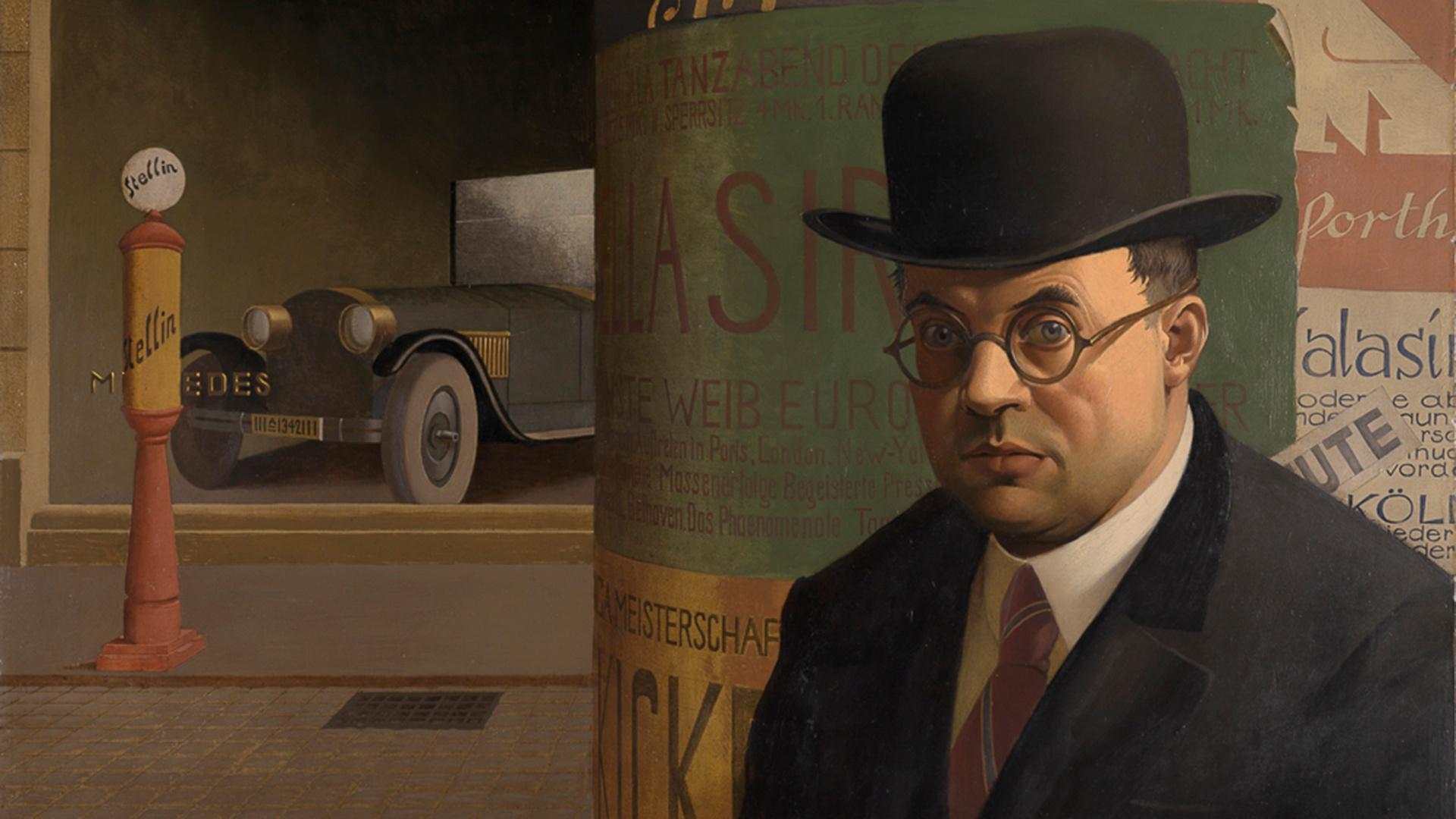
Georg Scholz is a German painter and a vivid representative of the New Objectivity movement.
Scholz studied painting at the Karlsruhe Academy of Fine Arts and continued his studies in Berlin with Lovis Korint. After serving in the army in World War I from 1915 to 1918, he returned to painting in the style of Cubism and Futurism. Scholz's entry into the German Communist Party is reflected in his paintings, which sharply and sarcastically criticize the social and economic order of post-war Germany.
Georg Scholz very soon became one of the leaders of the New Realism, a group of artists who practiced the most cynical form of realism. In 1925 he received a professorship at the State Academy of Art in Karlsruhe. In 1926 he began collaborating with the satirical magazine Simplicissimus, and in 1928 he visited Paris.
After Hitler and the National Socialists came to power in Germany in 1933, Scholz immediately lost his teaching job. His work was declared degenerate art, his works were withdrawn from collections in 1937, and the artist himself was banned from painting in 1939.
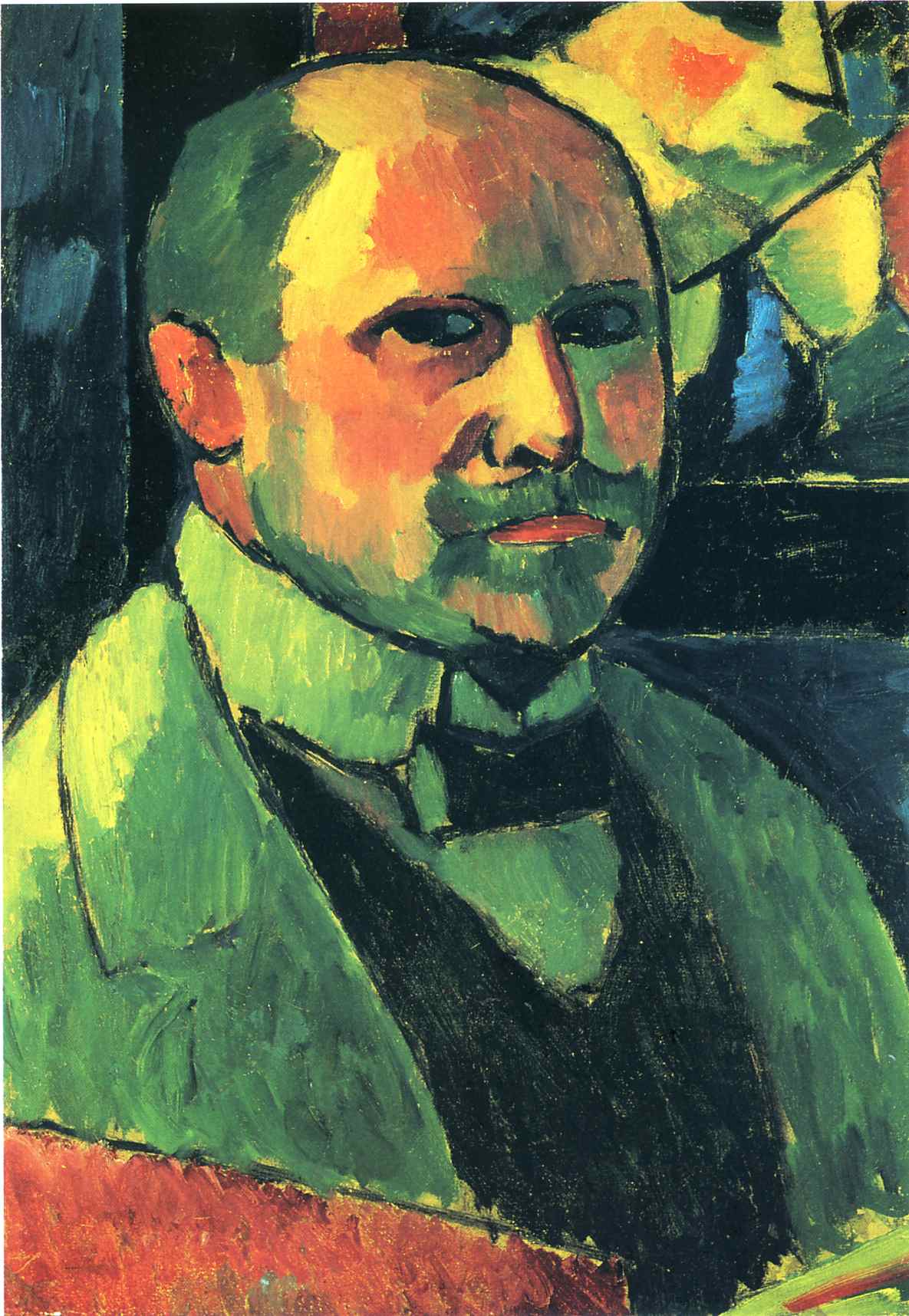
Alexej Georgewitsch von Jawlensky (Russian: Алексе́й Гео́ргиевич Явле́нский), a prominent Russian painter active in Germany, is renowned for his significant contributions to the Expressionist movement. Born in Russia in 1864, Jawlensky's artistic journey led him to Germany, where his career flourished alongside contemporaries such as Wassily Kandinsky. His work is celebrated for its vibrant use of color and emotional depth, qualities that have established him as a key figure in modern art.
Jawlensky's art evolved through various phases, from early landscapes and portraits to his later, more abstract works. Perhaps most notable among these are his "Mystical Heads" and "Saviour's Faces" series, inspired by the spiritual iconography of his Russian heritage, and his "Abstract Heads," where he explored the synthesis of spiritual expression and modernist aesthetics. These series reflect Jawlensky's lifelong quest to capture the soul's essence through the human face, a theme that resonates throughout his oeuvre.
His legacy extends beyond his artistic output; Jawlensky's influence is evident in the formation of The Blue Four, a group that played a crucial role in promoting modern art in Europe and the United States. Despite facing severe arthritis in his later years, which eventually halted his ability to paint, Jawlensky's dedication to his craft remained unwavering. He dictated his memoirs, ensuring his artistic philosophies and insights were preserved for future generations.
Jawlensky's works are held in high esteem and are featured in prestigious collections worldwide, including the Museum Wiesbaden, which boasts the most extensive collection of his works in Europe. His contributions to art have been recognized posthumously through significant sales at auction and the establishment of the Jawlensky Award, which honors contemporary artists' achievements in his memory.
For collectors and art and antiques experts, Jawlensky's work offers a profound insight into the evolution of Expressionism and the enduring power of the visual arts to convey deep emotional and spiritual truths. His life and work continue to inspire and influence, a testament to his significant impact on the art world.
For those interested in exploring the depths of Expressionist art and the legacy of Alexej Georgewitsch von Jawlensky, staying informed about upcoming sales and auction events related to his work is invaluable. Signing up for updates can provide access to the latest opportunities to engage with his impactful and beautiful creations.




